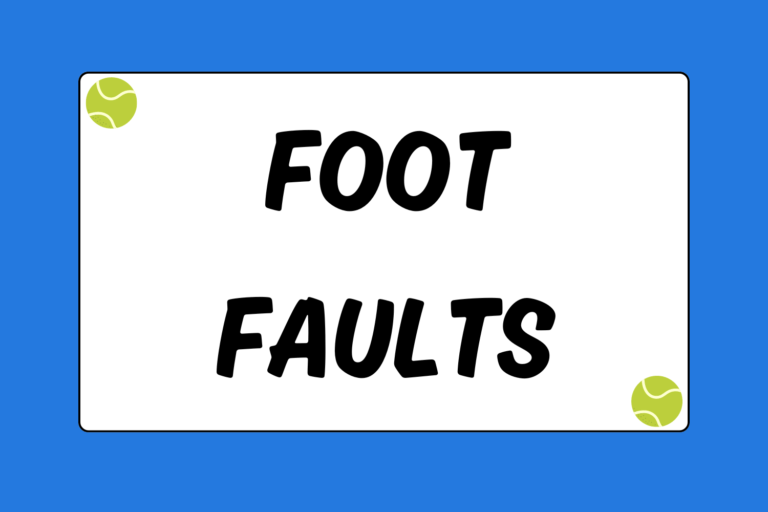Playing tennis under the mid-day sun is a great way to break a sweat and enjoy a beautiful day. However, athletes face some major risks when exercising outdoors. Tennis players are constantly fighting off the effects of sun exposure and dehydration. If you are not used to warm conditions, the heat can suck the energy from your body and the passion from your game.
Proper preparation is essential before facing grueling on-court conditions. With a few simple and critical changes to your pre- and post-game routine, you can ensure that you will walk off the court in great health.
Sun Exposure
Tennis is a year-round sport that is commonly played outdoors. For that reason, sun exposure is a major concern for players and coaches. Skin cancer affects one in five Americans and can be a potentially life-threatening condition. This makes it even more important for athletes who train under the sun to properly educate and prepare themselves before competing outside.
Outdoor athletes are under even greater attack, because perspiration intensifies the sun’s rays. When you sweat, very little light exposure is needed to turn the skin pink, meaning you are more susceptible to burns.
“In summers, I was often on courts eight hours straight. By then, I usually wore long-sleeved shirts; a bandana around my neck; and a wide-brimmed hat, along with sunscreen. But the effects of sun damage I sustained over the years started to appear. I’ve had several skin pre-cancers removed at every visit to the dermatologist, which is at least twice a year…Once a person gets one skin cancer, they face about a 50 percent risk of developing another within five years.”
Jennifer Reinbold
Former pro women’s tennis player and coach
How to Protect Yourself
The American Academy of Dermatology recommends seeking shade from 10 a.m. to 4 p.m. However, this is the time that most tennis players practice and play. So, the first and most obvious step is to wear sunscreen. Apply sunscreen with a Sun Protection Factor (SPF) of at least 15, and do so 20 to 30 minutes before you step on the court. Sunscreen needs to be absorbed by the skin before it can be effective, so don’t wait until you’re rallying to put it on.
Apply the sunscreen liberally to any area of your body that will be exposed to the sun — including your scalp. Most people apply only 25 to 50 percent of the recommended amount of sunscreen, so make sure you use it generously and reapply the sunscreen after you’ve been on the court for 30 minutes. If you’re worried that the sunscreen may affect your grip on the racquet, keep a towel in your bag so you can clean your hands.
Sunscreen isn’t the only way to protect your body from the sun, however. Wearing a hat, bandana or visor is a great way to shade your face and block ultraviolet rays. Always keep a hat in your tennis bag, and pack an extra long-sleeve shirt, as well, so you are prepared to cover your skin from the sun.
Now that you’re properly protected, try building up your tolerance to the heat by arriving to your match or practice early. Even staying in the shade allows your body to acclimate to the environment, and will make you more efficient at reducing the effects of the heat.
Hydration
Body fluids account for 70 percent of the average human body, and you use these liquids as the main source for getting rid of extra heat. When the outside temperature raises your body’s core temperature, your body reacts by trying to lose heat through perspiration and other means. Intense exercise and especially hot conditions, however, can put your body’s thermostat at risk of overheating and leave you dehydrated.
Risks
Dehydration increases the risk of heat cramps, heat exhaustion and heat stroke. Heat cramps are painful, brief muscle cramps that can take several minutes to pass. Heat exhaustion can lead to dizziness, paleness, nausea, vomiting, and fainting. A heat stroke is the most severe case of heat-related illnesses. People who are suffering from a heat stroke usually have very high temperatures and may be delirious, unconscious, or, in worst case scenarios, having seizures.
Fun Fact:
Tennis courts can range anywhere from 10 to 20 degrees hotter than the actual, off-court temperature. Humidity, clarity, court reflection, and court color are all factors in the on-court temperature, but the playing surface generally radiates more heat.
When and How Much to Drink
During your match, the water fountain could become your best friend. Here are some tips on how to ensure you stay hydrated:
- Drink water throughout the day and drink one pint before your match or practice.
- Avoid drinking alcohol or caffeine in excess, because they will dehydrate your body.
- Drink water at each change over.
- Weigh yourself before and after your match or practice. You should not lose more fluid than two percent of your body weight, so keep drinking water after you’ve played.
- If your urine is clear or your post-match weight is the same as your pre-match weight, that is a good indication that you are properly hydrated.
Prevention
Staying well-hydrated will ensure that your body can work efficiently and get rid of extra heat. Dehydration makes it extremely difficult for your body to cool down, so make sure you are constantly flushing fluids into your system.
Clothing has a huge impact on your body temperature, as well. Football players are notoriously prone to heat strokes, because they wear uniforms and heavy padding that covers their entire body. When playing tennis, wear light clothing and keep an extra shirt in your bag in case it is very hot or humid. Wet clothing sticks to your skin and prevents your pores from expelling heat, so change your shirt if necessary.
Cool Down
While it’s extremely vital to understand the importance of sun prevention and proper hydration, don’t let these aspects of the game scare you away from playing. Many players disregard their health and believe they are invincible — and they are at serious risk for doing so. If you have any questions or concerns, always seek advice from a doctor. Education, awareness, and healthy routines will help you enjoy a tennis match while staying healthy.





